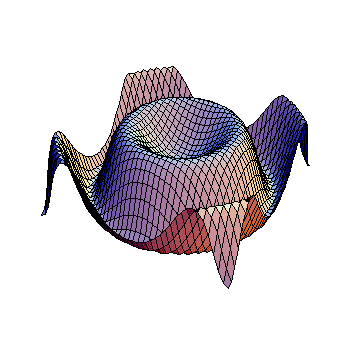How do you simplify #sin(tan^-1(x))#?
2 Answers
Explanation:
Knowing that
We divide both sides by
Or,
Taking the least common multiple we have
Inverting both sides we have
So we say that
Knowing that
So we take the square root of both sides
Checking the range of the arctangent, we see that during it the sine is always positive so we have
Explanation:
We can use the principles of "SOH-CAH-TOA".
First, let's call
More specifically,
Since
#{("opposite"=x),("adjacent"=1),("hypotenuse"=?):}#
Using the Pythagorean Theorem, we can see that the hypotenuse of a right triangle with legs
Now, to find
#{("opposite"=x),("adjacent"=1),("hypotenuse"=sqrt(x^2+1)):}#
Since
#sin(tan^-1(x))=x/sqrt(x^2+1)#


